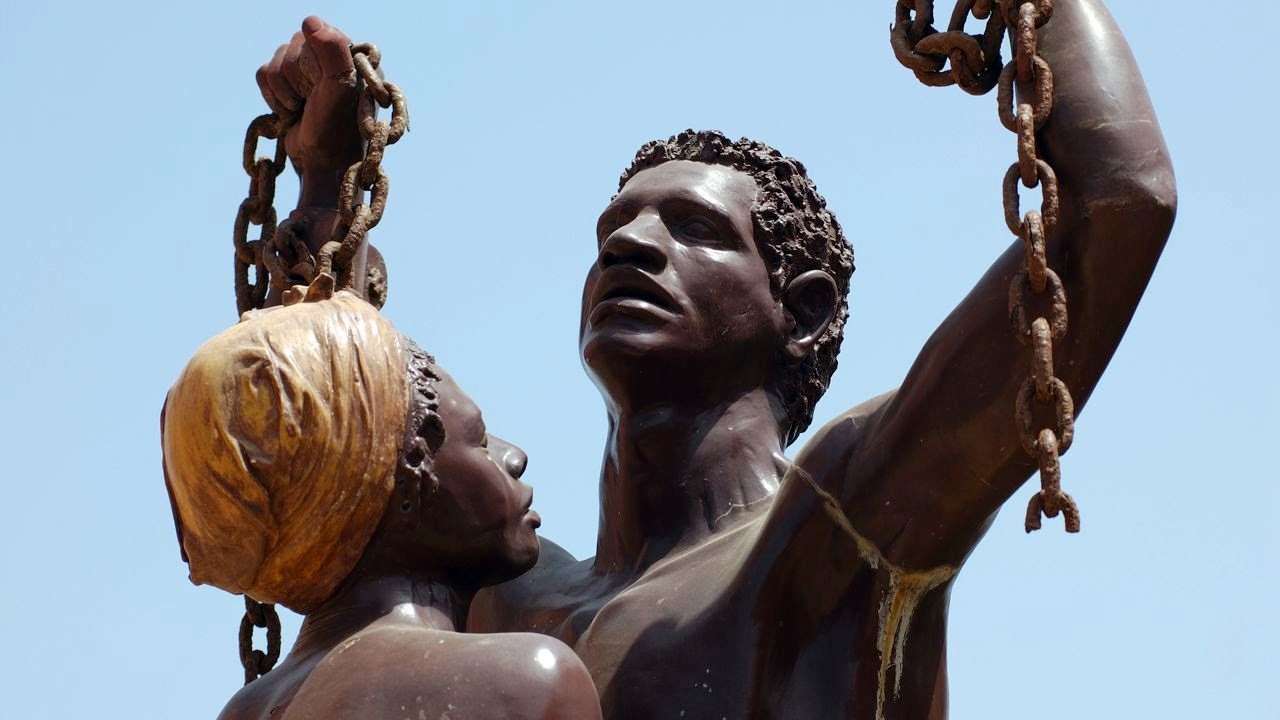

The National Day of Remembrance & Action on Violence Against Women is commemorated in Canada each year on December 6 to pay tribute to the victims of the École Polytechnique massacre of 1989, when 14 women were murdered and 14 others injured by a rampaging misogynist. Organized by the MFL Women’s Committee, this sold-out lunch event explores the theme A Labour of Love: Challenging Hate, Fighting for Justice and features Isha Khan, CEO if the Canadian Museum for Human Rights, and Ershiya Bagheri, Iranian community organizer with the Women, Life, Freedom movement. The Last Post was a bugle call played by armies to mark the end of the day, and it is now used by the country to remember fallen soldiers.This year marks the return of the Memorial Lunch held in-person to mark the National Day of Remembrance & Action on Violence Against Women. The nation holds a Last Post ceremony at the Menin Gate in Ypres. Marks the anniversary of the first major military action fought by Australian and New Zealand forces during the First World War, building a national consciousness in both countries.Īfter a brief period when the Nazi propaganda machine changed Germany’s day of remembrance to a day of hero-worship, the nation went back to celebrating Volkstrauertag as a solemn honoring of the dead.īelgium also celebrates the end of World War I on Nov. Remembrance Day Around the World Countryĭodenherdenking, which means “remembrance of the dead” in Dutch, celebrates all civilians and military members from the Netherlands who have died in conflicts since World War II. Here are some other similar days from across the globe. Remembrance Day is one of the many days countries observe to remember their fallen soldiers and those who have fought in times of war and conflict. In May 2000, the remains of an unidentified Canadian soldier who died in France during World War I were laid in the Tomb of the Unknown Soldier at the National War Memorial. The armed services representatives carry out a service. The official Canadian national ceremonies are held under a strict protocol at the National War Memorial in Ottawa, Ontario. The name also changed to Remembrance Day.Ĭanada has declared that the date is of “remembrance for the men and women who have served, and continue to serve our country during times of war, conflict and peace,” particularly the First and Second World Wars, the Korean War, and all conflicts since then in which members of the Canadian Armed Forces have participated. The government, in 1931, officially changed the date to November 11. The Armistice Day Act, which was held throughout the 1920s, declared that Canada’s Thanksgiving would also be observed on Armistice Day - the Monday of the week in which November 11 fell. Remembrance Day in Canada, known as ‘Jour du Souvenir,’ remains a statutory holiday in six of the 10 provinces.

Later, during World War II, many countries changed the name of the holiday. The initial Armistice Day began at Buckingham Palace, with the king hosting a banquet honoring the French president. The tradition of Remembrance Day evolved out of Armistice Day. At about the same time, a South African statesman made a similar proposal to the British Cabinet, which endorsed it. The silence was proposed by Australian journalist Edward Honey, who was working in Fleet Street. On the first anniversary of the armistice in 1919, two minutes’ silence was instituted as part of the main commemorative ceremony at the new Cenotaph in London. The allied nations chose this day and time for the commemoration of their dead soldiers. This first modern world conflict had brought about the mobilization of over 70 million people and left between nine million and 13 million dead, perhaps as many as one-third of them with no known grave. The moment when hostilities ceased on the Western Front became universally associated with the remembrance of those who had died in the war. The 11th hour of the 11th day of the 11th month attained a special significance in the post-war years. They accepted allied terms that amounted to an unconditional surrender. In November, the Germans called for an armistice, or suspension of fighting, in order to secure a peace settlement. The allied armies had driven the Germans back, having inflicted heavy defeats upon them over the preceding four months. on November 11, 1918, the guns on the Western Front fell silent after more than four years of continuous warfare.


 0 kommentar(er)
0 kommentar(er)
